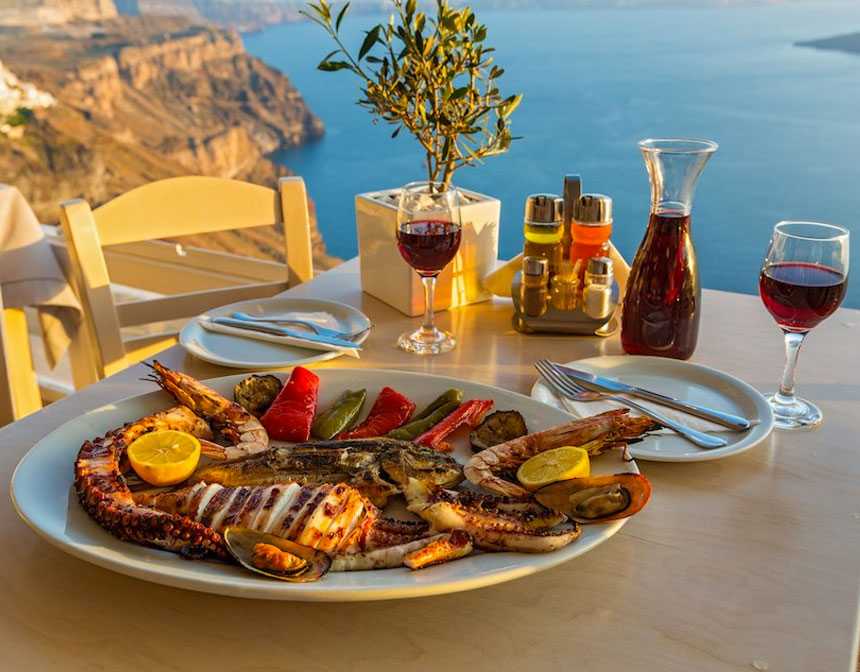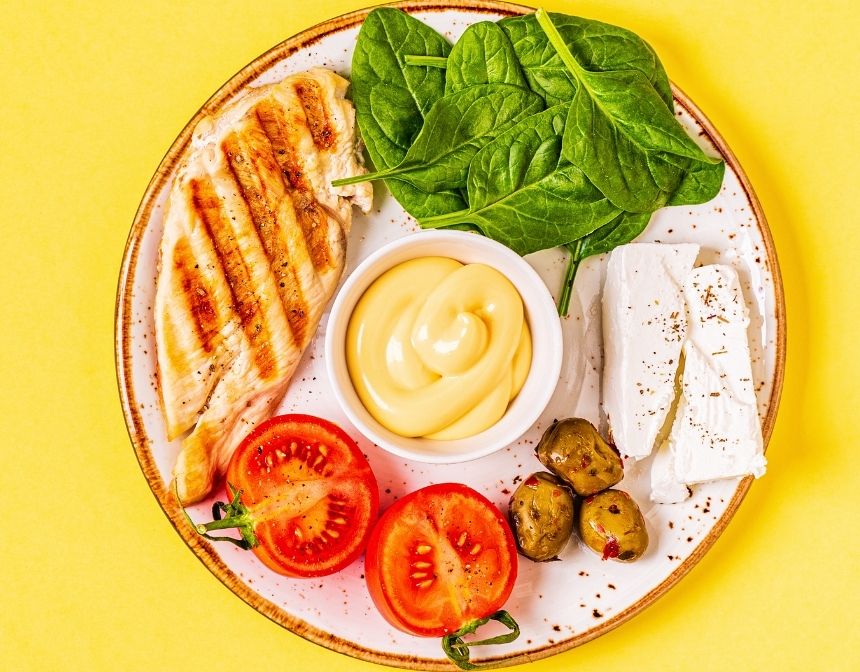Origins of The Shrimp Pesto Pasta
The Shrimp Pesto Pasta recipe is a delightful fusion of land and sea, marrying the earthy flavors of basil pesto with the delicate sweetness of shrimp. Originating from the Italian coast, where seafood is a staple and basil grows in abundance, this dish represents the simplicity and freshness at the heart of Italian cuisine. The use of pesto, a sauce traditionally made from basil, garlic, pine nuts, Parmesan cheese, and olive oil, dates back to the Roman times, though its modern form hails from Genoa in the Liguria region of Northern Italy.
Pesto pasta with shrimp has gained popularity worldwide, appealing to a wide array of palates with its harmonious blend of flavors. The recipe's versatility is one of its greatest strengths, allowing for variations in ingredients based on availability and personal preference. Whether opting for homemade or store-bought pesto, the key to a memorable shrimp and pesto pasta lies in the quality of the ingredients used. Fresh, succulent shrimp elevate the dish, while the vibrant, aromatic pesto brings it to life with its rich, herbaceous character.
Today, the shrimp pesto pasta recipe continues to be a favorite among home cooks and chefs alike for its ease of preparation and impressive flavors. As a testament to the enduring appeal of Italian cuisine, this dish effortlessly combines the rustic charm of traditional pesto with the refined elegance of shrimp. It serves as a reminder of Italy's culinary legacy, offering a taste of the Mediterranean in every bite. Whether served at a casual family dinner or a more formal gathering, shrimp and pesto pasta promises a satisfying meal that transports diners to the sun-drenched Italian coastline.
Shrimp Choice
Choosing the right shrimp is crucial for the perfect shrimp pesto pasta. Here are key considerations to ensure you pick the best shrimp for your dish:
Freshness
Smell: Fresh shrimp should have a clean, salty scent, reminiscent of the sea. Avoid shrimp with a strong, fishy odor or an ammonia smell, as these are signs of spoilage.
Appearance: Look for shrimp that are bright and translucent. Dull or discolored shrimp, especially those with black spots or a yellowish tint, should be avoided.
Size and Type
Size: Shrimp are sold by count per pound. For pasta dishes, medium to large shrimp (ranging from 21-30 or 31-40 counts per pound) are ideal. They're big enough to remain juicy after cooking but not so large that they overpower the dish.
Type: Both wild-caught and farm-raised shrimp can be used, but wild-caught shrimp often offer superior flavor and texture. Ensure they're sustainably sourced to minimize environmental impact.
Preparation
Shell on or off: Buying shrimp with the shell on can enhance the flavor, as cooking them in their shells retains moisture. However, for convenience and ease of eating, you might prefer peeled shrimp.
Deveined: Deveining shrimp improves their appearance and removes the gritty texture of the digestive tract. You can buy shrimp that are already deveined, or you can do it yourself with a simple kitchen tool.
Fresh vs. Frozen
Frozen Shrimp: Often, frozen shrimp are immediately frozen after being caught, which can preserve their freshness and flavor. Don't hesitate to buy frozen shrimp, especially if you're not near a coast.
Thawing: If you opt for frozen shrimp, ensure they're thoroughly thawed before cooking. The best method is to leave them in the refrigerator overnight. For quicker thawing, place them in a colander under cold running water.
What To Serve with Shrimp Pesto Pasta?
Shrimp pesto pasta is a flavorful and satisfying dish that pairs well with a variety of side dishes and beverages. Here are some ideas on what to serve with shrimp pesto pasta:
How To Store Shrimp Pesto Pasta?
Storing shrimp properly is crucial to maintaining its freshness and safety. Whether you've bought fresh or frozen shrimp for your shrimp pesto pasta or have leftovers, here's how to store them:
Fresh Shrimp:
Refrigerate Immediately: Place fresh shrimp in the coldest part of your refrigerator as soon as you get home. Use them within 1-2 days.
Keep It Iced: For optimal freshness, place the shrimp in a bowl of ice in the refrigerator and cover it loosely with plastic wrap. Change the ice frequently to keep the shrimp cold.
Avoid Water: Shrimp should not sit in water, as it can cause them to break down and become mushy. Ensure any melted ice is drained well.
Frozen Shrimp:
Keep Frozen: Store shrimp in its original packaging in the freezer if you don’t plan to use it immediately. Frozen shrimp can last up to six months.
Avoid Refreezing: Once thawed, shrimp should not be refrozen as it can significantly affect their texture and flavor. Only thaw the amount you plan to use.
Leftover Cooked Shrimp:
Cool Down: Allow any cooked shrimp dishes to cool to room temperature quickly to minimize the time they spend in the temperature danger zone.
Airtight Container: Transfer leftovers to an airtight container. This helps to preserve the freshness and prevent the shrimp from absorbing flavors from other foods in the refrigerator.
Refrigerate Promptly: Store the container in the refrigerator and consume the leftovers within 2-3 days for the best quality and safety.
Reheating: When reheating, ensure the shrimp reaches an internal temperature of 145°F (63°C) to ensure it's safe to eat. Avoid overcooking to maintain the best texture.
Thawing Frozen Shrimp:
Refrigerator Thawing: The safest method is to thaw shrimp in the refrigerator overnight. This gradual thawing ensures the shrimp remains at a safe temperature throughout the process.
Cold Water Thawing: For a quicker method, place the shrimp in a leak-proof bag and submerge it in cold water. Change the water every 30 minutes until the shrimp is thawed, usually in about 1-2 hours for a pound of shrimp.
Cooking from Frozen: In some cases, particularly with smaller shrimp, you can cook them straight from frozen, adding a couple of minutes to the cooking time.
By following these storage guidelines, you can ensure that your shrimp remains fresh and delicious, whether you're preparing them immediately or saving them for another day. Proper storage not only preserves the quality of the shrimp but also helps in preventing foodborne illnesses.
Wine & Dine
Pairing wine with Shrimp Pesto Pasta is about balancing the rich, herbal flavors of the pesto and the delicate sweetness of the shrimp. The key is to select a wine that complements these flavors without overpowering them. Here are some wine recommendations that pair beautifully with Shrimp Pesto Pasta:
1. Sauvignon Blanc
A classic pairing for anything pesto. Its crisp acidity, citrus notes, and herbaceous qualities complement the fresh basil and garlic in the pesto, while its zesty freshness contrasts nicely with the richness of the sauce and complements the shrimp.
2. Pinot Grigio
This light, refreshing wine with hints of green apple, pear, and citrus works well with the lightness of the shrimp and can cut through the richness of the pesto sauce, making it a harmonious match for this dish.
3. Vermentino
A slightly more aromatic alternative, Vermentino offers a herbal quality that mirrors the basil in the pesto and a nice minerality that can enhance the overall taste of the pasta. Its acidity also pairs well with the shrimp.
4. Chardonnay (unoaked)
An unoaked Chardonnay, with its moderate acidity and flavors of lemon and green apple, can complement the creamy texture of the pesto without overwhelming the shrimp. Avoid heavily oaked Chardonnays, as their strong flavors can clash with the pesto.
5. Prosecco
For those who prefer a sparkling option, Prosecco's light, fruity qualities and effervescence make it a delightful pairing with both the pesto and the shrimp, adding a festive touch to the meal.
6. Rosé
A dry Rosé, with its hints of red fruits, citrus, and florals, offers a nice balance of acidity and fruitiness that can complement both the pesto and the shrimp. Choose one that's more on the dry side to better match the dish's flavors.
When selecting a wine to pair with Shrimp Pesto Pasta, consider the intensity of the pesto sauce and the sweetness of the shrimp to find a balance that enhances both. A good rule of thumb is to match the wine's acidity with the dish's richness, ensuring a harmonious dining experience. Enjoy experimenting with these pairings to discover your perfect match!










































